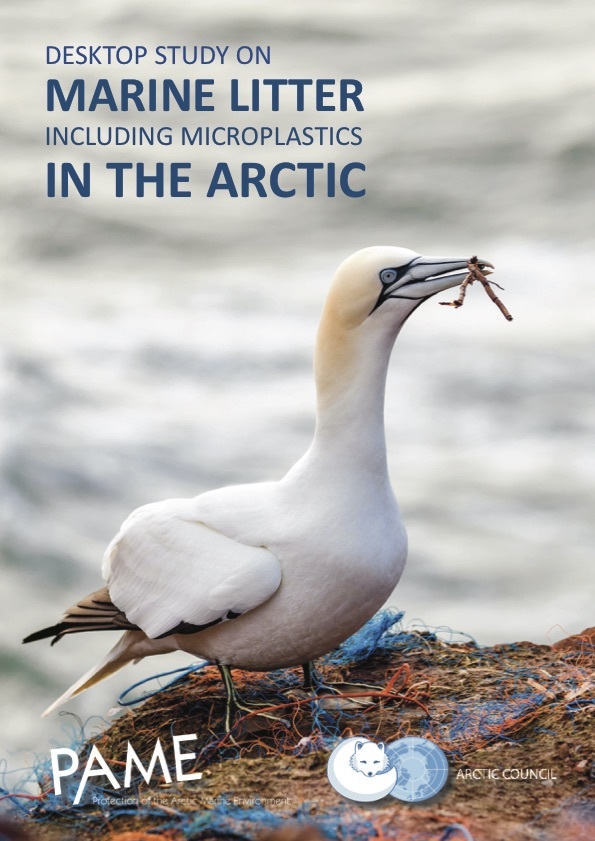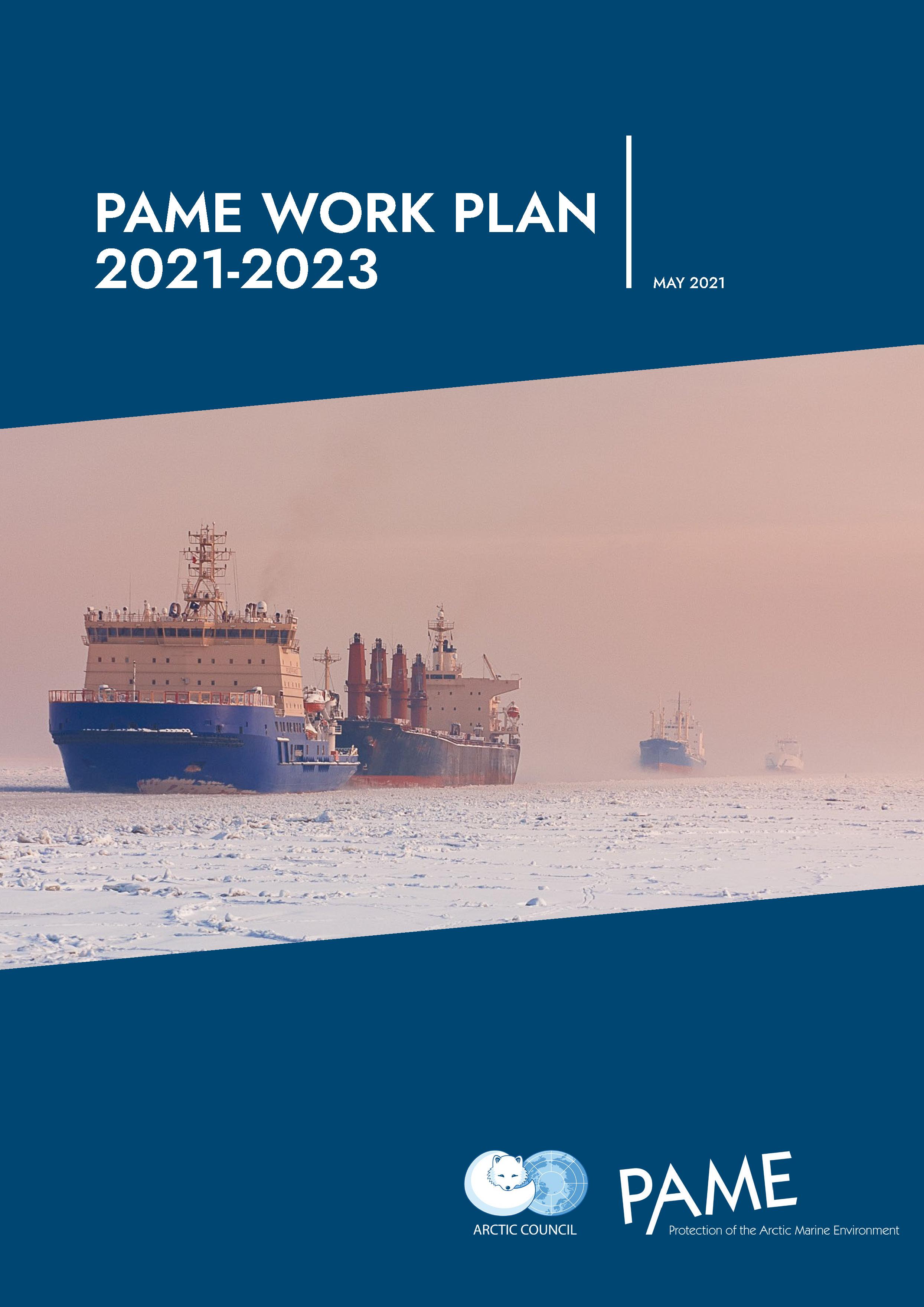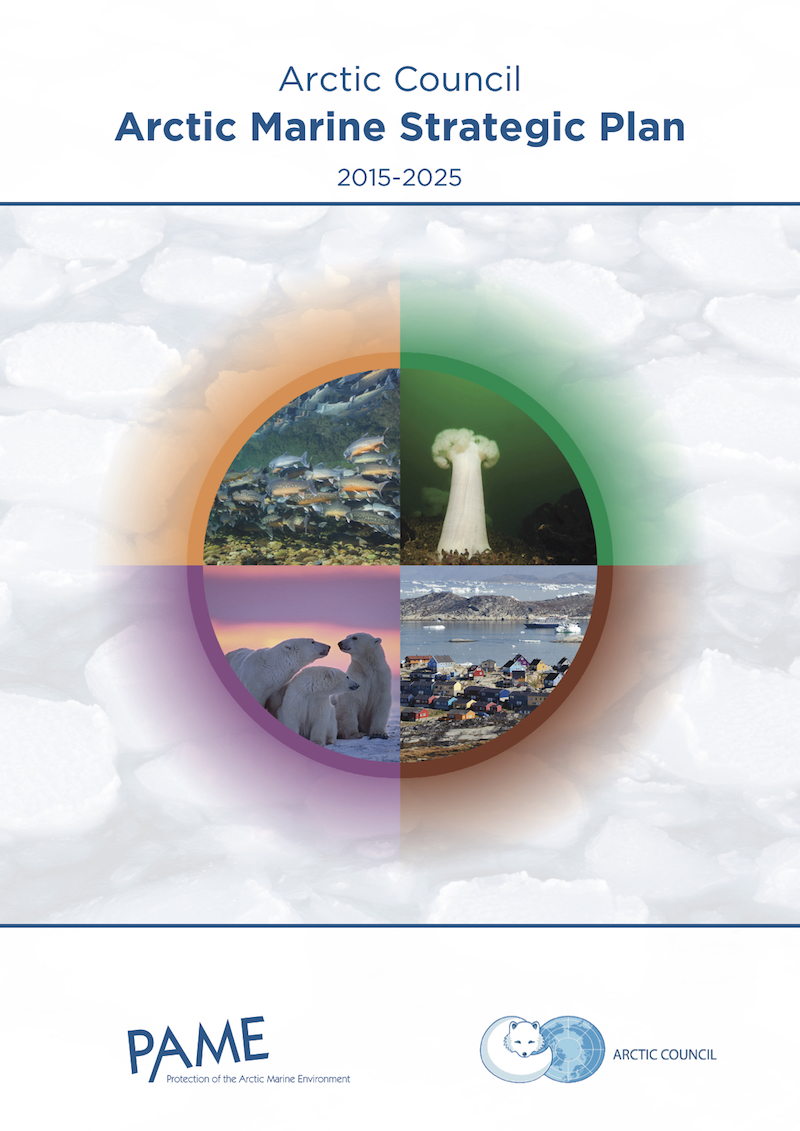Plastic litter accounts for 50–80% of waste items stranded on beaches, floating on the ocean surface and lodged in the seabed. Organic pollutants can be absorbed onto plastic particles from sea water, attached to their surfaces or included in the plastic matrix as additives. Such chemicals may be transported to remote regions by buoyant plastics and ocean currents. We have estimated mass fluxes of polychlorinated biphenyls (PCBs), polybrominated diphenyl ethers (PBDEs), and perfluorooctanoic acid (PFOA) to the Arctic via the main ocean currents and compared them to those in the dissolved state and in air. Substance fluxes with atmospheric or sea water currents account for several tons per year, whereas those mediated by plastics are four to six orders of magnitude smaller. However, the significance of various pollutant transport routes does not depend only on absolute mass fluxes but also on bioaccumulation in marine food chains.
 This is a collection of submissions on marine litter literature of relevance to the Arctic based on a dedicated submission form sent out to Arctic Council members and experts in Fall 2017. This was in support of the development of the Desktop Study on Marine Litter, including Microplastics in the Arctic (May 2019) with the aim to:
This is a collection of submissions on marine litter literature of relevance to the Arctic based on a dedicated submission form sent out to Arctic Council members and experts in Fall 2017. This was in support of the development of the Desktop Study on Marine Litter, including Microplastics in the Arctic (May 2019) with the aim to:




